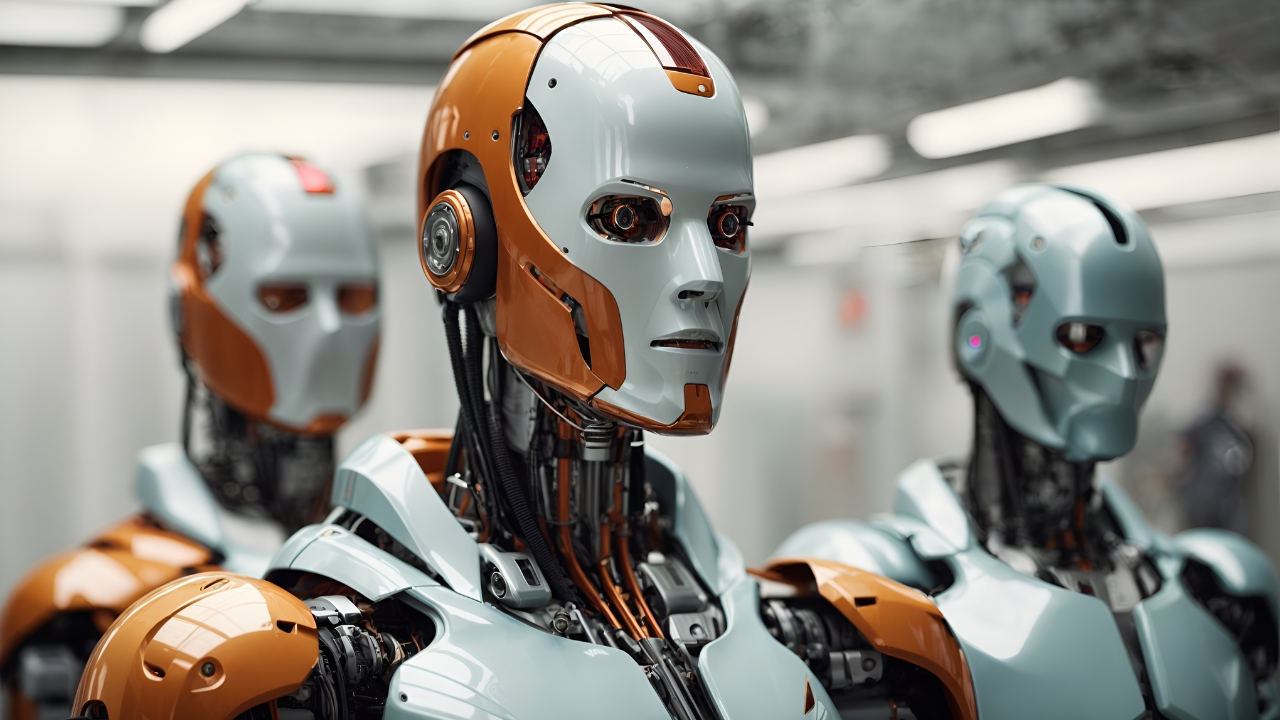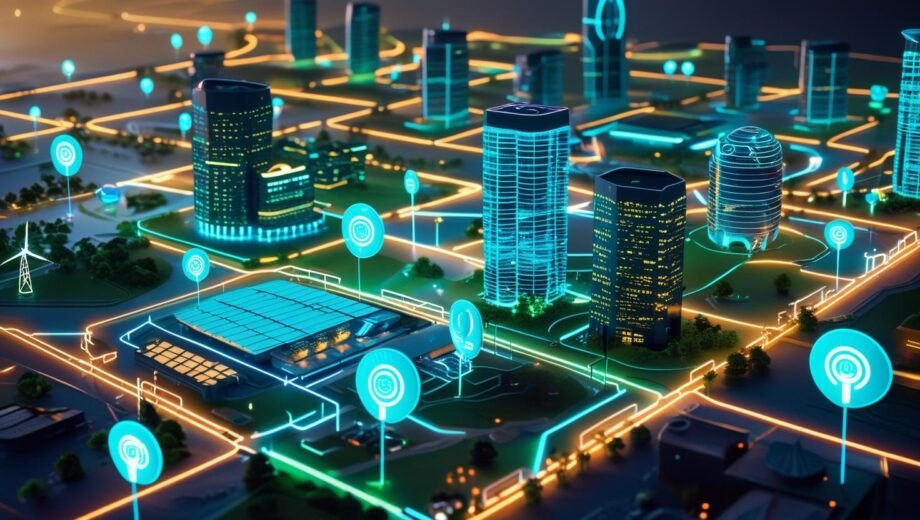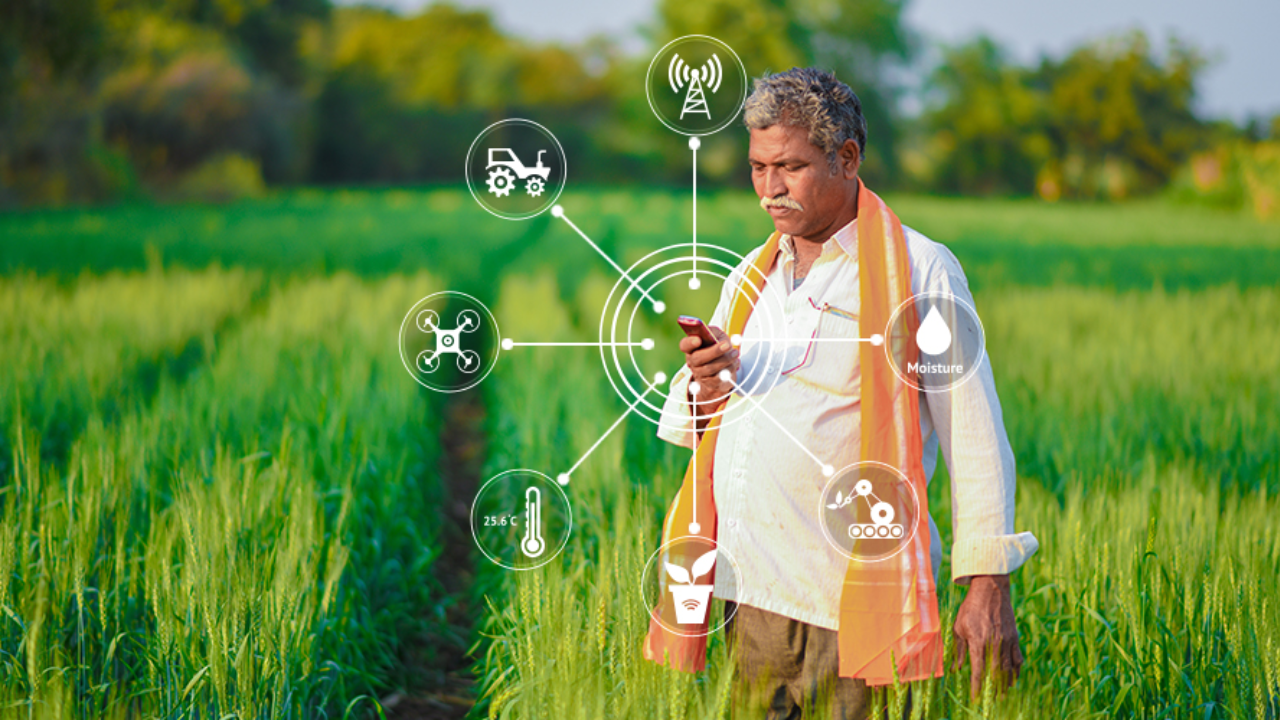Artificial intelligence (AI) is rapidly transforming industries across the globe, and its potential to revolutionize environmental sustainability is immense. AI-powered green tech is emerging as a powerful force in our fight against climate change, offering innovative solutions for everything from optimizing energy consumption to predicting environmental disasters. Understanding the capabilities of AI in this domain is crucial for anyone seeking to purchase AI-powered green solutions or understand the future of environmental stewardship.
AI-Powered Green Tech: A New Era of Sustainability
AI-powered green tech leverages the capabilities of AI and machine learning (ML) to address environmental challenges with unprecedented efficiency and scale. Instead of relying on traditional methods, AI algorithms can analyze vast datasets, identify patterns, and make intelligent decisions to optimize resource use, reduce waste, and minimize our environmental footprint.
AI and Machine Learning in Action: Key Applications
The applications of AI, machine learning, and green environmental solutions are diverse and impactful:
1. Smart Grids and Energy Optimization
AI algorithms can analyze real-time energy demand and supply patterns to optimize the distribution of electricity across smart grids. This ensures efficient use of renewable energy sources, reduces transmission losses, and prevents blackouts. AI can also predict energy demand, allowing power plants to adjust output proactively, minimizing wasted energy. (Source: Cyient, “Energy Grid Optimization- AI & Digital Technologies for Improving Efficiency”, Frontiers, “Role of artificial intelligence in smart grid – a mini review”)
2. Precision Agriculture
AI-powered sensors and drones can monitor crop health, soil conditions, and weather patterns to optimize irrigation, fertilization, and pesticide use. This reduces water consumption, minimizes chemical runoff, and increases crop yields, making agriculture more sustainable. (Source: Farmonaut, “Precision Agriculture AI: Driving Sustainable Farming”, Universiti Kebangsaan Malaysia, “Artificial Intelligence in Precision Agriculture: A Review”)
3. Waste Management and Recycling
AI-powered robots can sort recyclable materials more efficiently than humans, improving recycling rates and reducing landfill waste.1 AI can also predict waste generation patterns, enabling better waste management planning. (Source: Viva Technology, “How AI Is Improving Waste Management”)
4. Carbon Emissions Reduction
AI can optimize industrial processes to minimize carbon emissions, predict equipment failures to prevent energy-intensive downtime, and even help develop new carbon capture technologies. (Source: My Green Lab, “The Impact of AI on Carbon Emissions”, XenonStack, “AI-Driven Solutions for Reducing Carbon Emission in the Energy Sector”)
5. Environmental Monitoring and Prediction
AI algorithms can analyze satellite data, sensor readings, and other information to monitor air and water quality, track deforestation, predict wildfires, and forecast extreme weather events. This enables proactive interventions and minimizes environmental impact. (Source: Saiwa, “AI in Environmental Monitoring | Keeping Our Planet Healthy”, I.K. Press, “The Role of Artificial Intelligence in Environmental Monitoring for Sustainable Development and Future Perspectives”)
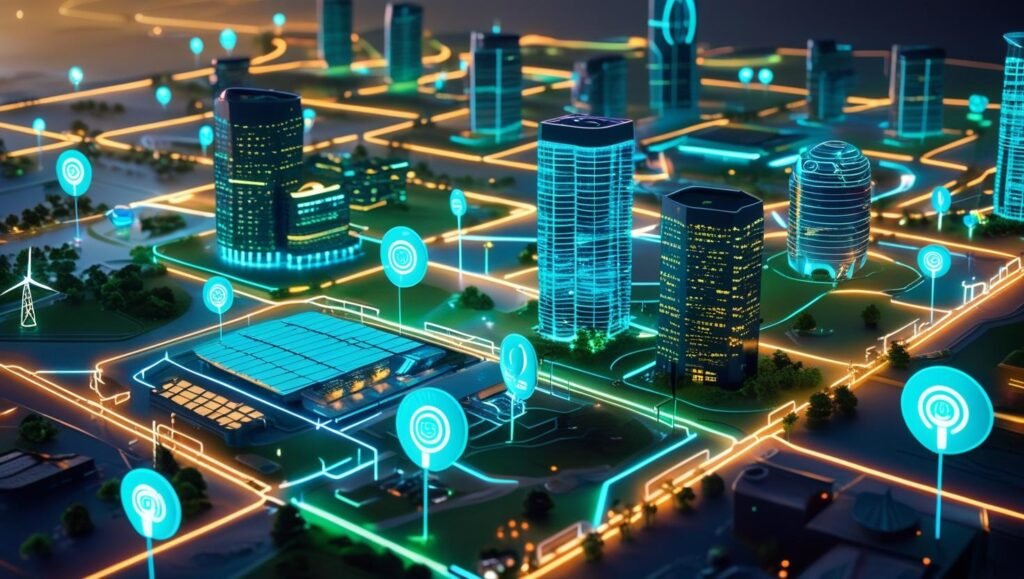
AI in Environmental Science: A Powerful Partnership
AI is becoming an indispensable tool for AI in environmental science, accelerating research and discovery:
- Climate Modeling: AI algorithms can analyze complex climate data to improve the accuracy of climate models, helping us better understand and predict future climate scenarios. (Source: Frontiers, “Advancements and challenges of artificial intelligence in climate modeling for sustainable urban planning”, ResearchGate, “AI in Climate Change Modeling and Prediction”)
- Biodiversity Conservation: AI can analyze images and sounds to identify and track endangered species, helping conservation efforts. (Source: McGill University, “AI has untapped potential to advance biodiversity conservation, study finds”, IMD Business School, “Algorithms and ecosystems: AI's role in biodiversity conservation”)
- Pollution Detection: AI-powered sensors can detect and monitor pollutants in air and water, enabling timely interventions.
Top AI-Powered Green Tech Companies: Leading the Charge
Several companies are at the forefront of developing and deploying AI-powered green tech solutions:
- Google AI for Social Good: Google is using AI to improve weather forecasting, optimize energy grids, and promote sustainable agriculture. (Source: Google AI, “Applying AI to help solve society's biggest challenges and improve lives”)
- Microsoft AI for Earth: Microsoft supports AI projects focused on biodiversity conservation, climate change, agriculture, and water. (Source: Microsoft AI for Earth – Wikipedia)
- Siemens Sustainable Solutions: Siemens offers a range of AI-powered solutions for smart cities, energy management, and industrial sustainability. (Source: Siemens, “Artificial intelligence (AI) technology”)
- IBM Environmental Intelligence Suite: IBM provides AI-powered tools for environmental monitoring, risk assessment, and resource management. (Source: IBM Environmental Intelligence Suite features)
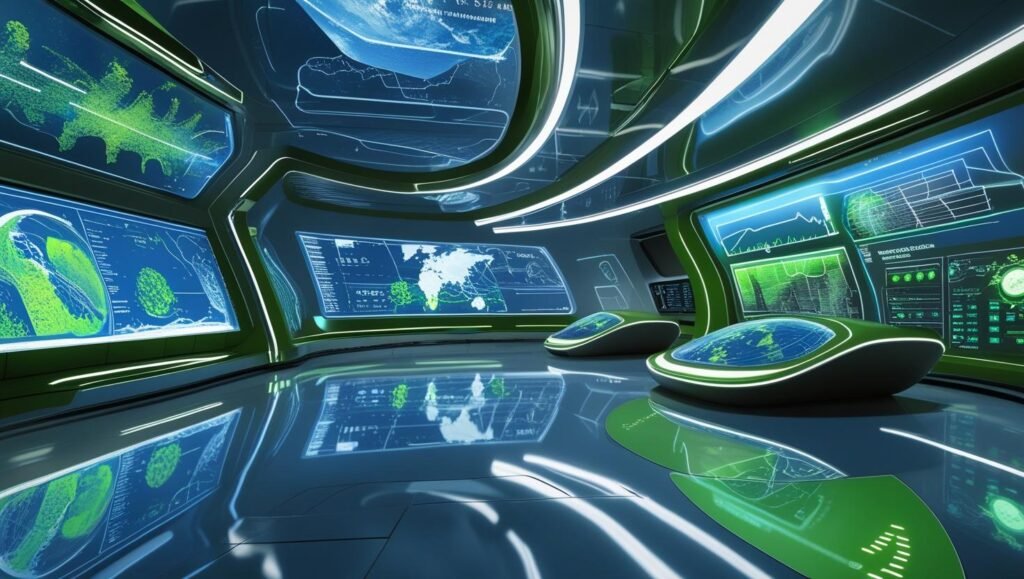
Purchasing AI-Powered Green Solutions: A Growing Market
The market for AI-powered green solutions is expanding rapidly. Businesses and governments are increasingly seeking ways to purchase AI-powered green solutions to improve their sustainability performance. The green technology and sustainability market, driven by advancements in AI-driven energy management software and cloud-based carbon footprint tracking solutions, is projected to grow from USD 25.47 billion in 2025 to USD 73.90 billion by 2030. (Source: GlobeNewswire, “Green Technology & Sustainability Market Report 2025: Global Green Tech Market to Skyrocket to $73.9 Billion by 2030, Driven by AI & ESG Compliance”)
Examples include:
- AI-powered energy management systems for buildings and factories.
- AI-driven waste sorting and recycling robots.
- AI-based tools for optimizing agricultural practices.
- AI-powered environmental monitoring and prediction platforms.
AI and the Low-Carbon Economy
AI-powered green tech is a crucial enabler of the transition to a low-carbon economy. By optimizing energy use, reducing waste, promoting sustainable practices, and accelerating green innovation, AI is helping us build a more sustainable future. The development and deployment of AI-powered green tech also creates new economic opportunities, fostering growth in the US clean tech sector, where AI-focused cleantech remains concentrated, claiming approximately 70% of dollars invested. (Source: Cleantech.com, “The Ultimate Guide to AI in Cleantech”) AI helps reduce carbon emissions2 and is becoming an excellent tool for carbon neutrality with green technology advancement, which optimizes industrial output. (Source: MDPI, “Exploring the Role of Artificial Intelligence in Achieving a Net-Zero Economy”)
AI is not a silver bullet, but it is a powerful tool in our fight against climate change. By embracing AI-powered green tech, we can create a smarter, more sustainable world for generations to come.
Want to Explore More?
Read our latest piece: Green Technologies of the Future: Which Developments Will Save the World?.
Comment below: What’s your take on the environmental cost of green tech?
Tag us on social media using #GreenTechRealityCheck
nature.com+7thenevadaindependent.com+7lithiumharvest.com+7
Have questions or thoughts? Comment below and let us know what more you’d like to learn about green technology—we’d love to hear from you!


